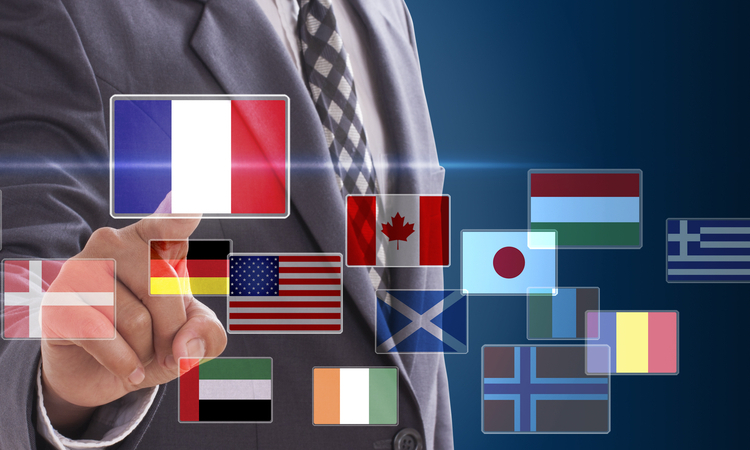Translations from French to Spanish are essential for communication and international exchange. Both languages are widely spoken, and the growing global economy has increased the demand for these translations. French is an official language in many European and North American countries, while Spanish is dominant in Spain and South America. Due to historical connections and linguistic similarities, translating between these two languages is vital in fields like business, culture, education, and politics. This article explores the challenges of translating from French to Spanish, the qualities of a good translation, and the advantages of professional translation services.

The Importance of French-to-Spanish Translations in Various Fields
Trade
Many companies operate in both Spanish- and French-speaking markets. Translating business documents and marketing materials is crucial for growth.
Education and Science
Textbooks, research articles, and other educational materials often require accurate translation to support learning and knowledge-sharing.
Tourism
Translating travel guides is critical in today’s globalized world. It helps Spanish-speaking travelers explore French culture and traditions.
Literature and Culture
Books, films, and TV shows often need translation to introduce audiences to the culture of another country.
Challenges in Translating from French to Spanish
French and Spanish belong to the Romance language family, so they share many similarities. However, certain differences can make translation challenging:
- Grammatical Differences: While their grammar is similar, subtle variations can impact translation quality. For example, differences in pronoun usage, verb moods, or past tense forms must be carefully handled.
- Cultural Differences: Translators must understand cultural nuances like idioms, proverbs, or regional expressions that may not have direct equivalents.
- Sentence Structure: French sentences tend to be more complex with compound constructions, while Spanish prefers simpler syntax. Translators must adjust accordingly.
- Word Ambiguity: Some words may look or sound similar but have entirely different meanings in each language.
- Language Variants: Both languages have regional dialects. A translator must decide whether to use European or Latin American Spanish and consider the origin of the French text.
Key Features of a Good French-to-Spanish Translation
A high-quality translation should meet these standards:
- Fidelity to the Original: The meaning and intent of the source text must be preserved accurately.
- Terminological Consistency: This is critical for specialized texts like medical or legal documents where consistent terminology is essential.
- Natural Flow: The translated text should read smoothly without awkward phrasing.
- Grammatical Accuracy: Proper grammar and style ensure professionalism.
The Growing Demand for French-to-Spanish Translations
Globalization has increased the need for translations in sectors such as:
- Business and Trade: Contracts, agreements, and corporate documentation require precise translations to foster collaboration.
- Technical Fields: Manuals and technical documents must be error-free to avoid misunderstandings or financial losses.
- Tourism: With many tourists traveling between Spain and France, promotional materials, guides, and websites need accurate translations.
Benefits of Professional Translation Services
Hiring professional translators reduces errors significantly. Experts specialize in specific fields like technical or legal translations, ensuring accuracy and cultural adaptation for the target audience.
Translation agencies also provide quality assurance through multiple verification steps. Professionals use tools like CAT (Computer-Assisted Translation) software, specialized dictionaries, and proofreading programs to enhance efficiency and precision.
Conclusion
French-to-Spanish translations are crucial for international communication between Europe and Latin America. Despite their linguistic similarities, translating between these languages requires cultural understanding and linguistic expertise. Professional translation services ensure accuracy while adapting content appropriately for the target audience. Investing in high-quality translations can prevent misunderstandings and foster success in business, science, tourism, and culture.



